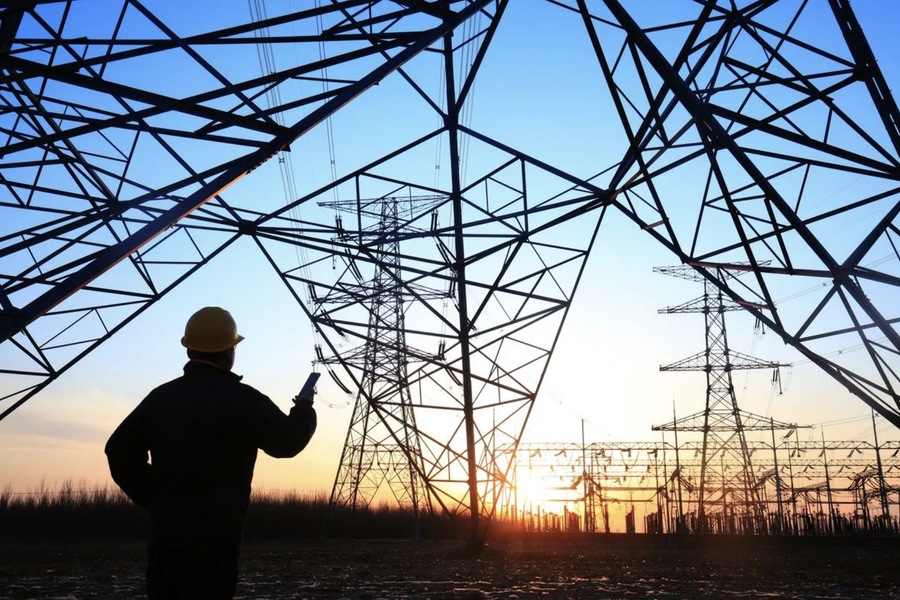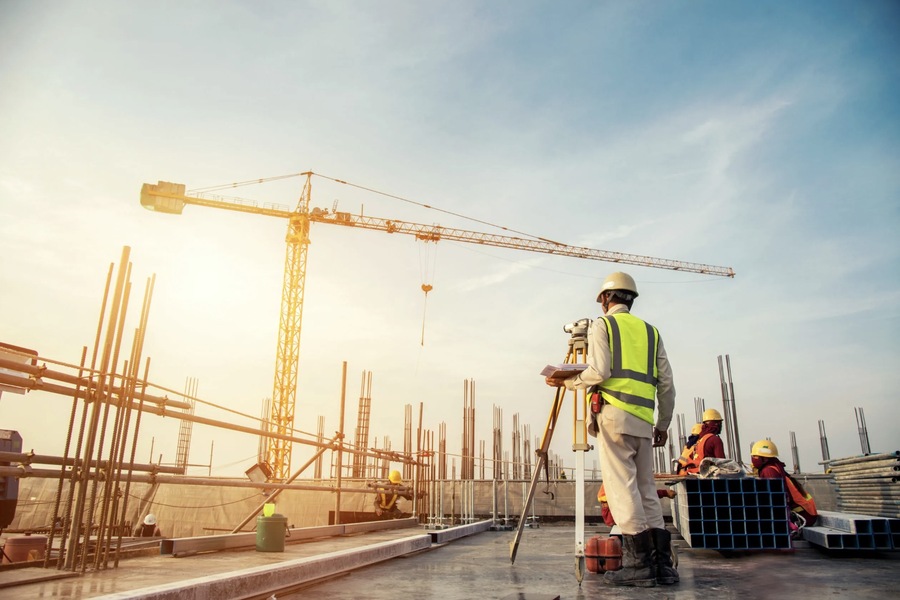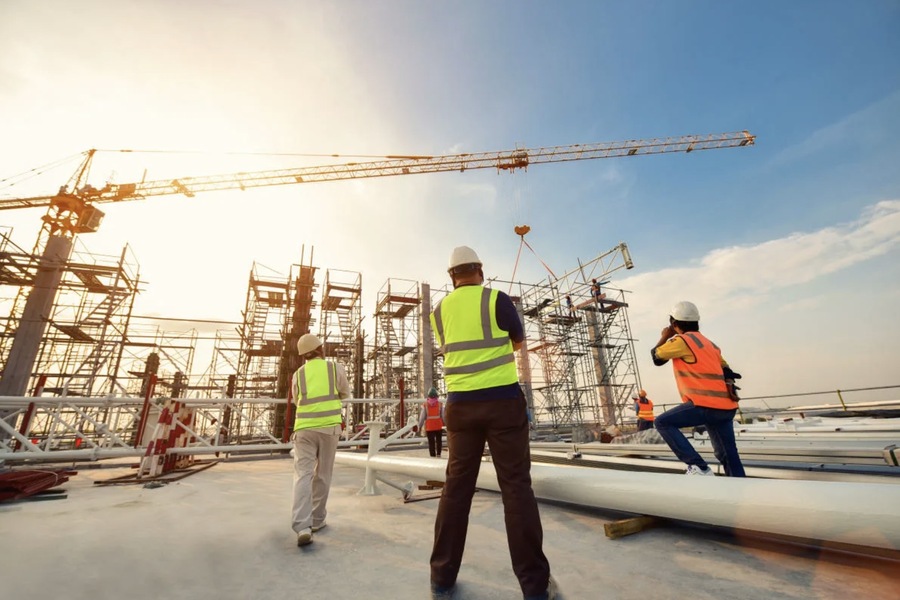Geophysical survey services have become a backbone for critical sectors in the UAE, particularly for infrastructure and energy projects. As the UAE embarks on ambitious developments in construction, transportation, and energy production, the demand for reliable geophysical data has surged. These surveys provide comprehensive assessments of subsurface conditions, which are integral to ensuring structural integrity, safety, and cost-effectiveness. This article explores how geophysical survey companies in UAE are shaping the future of infrastructure and energy projects through innovative services and technologies
Impact on Infrastructure Development
In the UAE, geophysical surveys play an integral role in infrastructure development by offering insight into subsurface conditions before construction begins. From skyscrapers and airports to roads and bridges, projects of all sizes benefit from geophysical testing methods, which help determine soil stability, water table levels, and the presence of geological hazards

Key Applications in Infrastructure
Soil Assessment and Foundation Design
Geophysical surveys are used to assess soil conditions, which influence foundation stability. This data is essential for determining construction techniques that ensure buildings can withstand the UAE’s unique geological characteristics.
Detecting Geological Hazards
With the UAE’s increasing construction of high-rise structures and complex transport networks, detecting potential geological hazards is crucial. Through methods like electrical resistivity and gravity surveys, geophysical companies can identify areas with fault lines, soil erosion, or instability.
Underground Utility Mapping
For urban projects, geophysical survey services are also used to map existing underground utilities. Accurate mapping prevents accidental damage to infrastructure like water pipes and power lines, reducing project delays and repair costs.
Applications in Energy Exploration
Geophysical testing is equally important for the UAE’s energy sector, as the country is rich in oil and gas resources that require careful extraction and management. Seismic surveys, particularly 3D imaging, allow geophysical survey companies to locate oil and gas reservoirs with high precision, maximizing extraction efficiency and minimizing environmental risks.
Locating Oil and Gas Reserves
By using seismic reflection and refraction methods, geophysical surveys can create detailed images of subsurface structures, allowing for accurate identification of hydrocarbon reservoirs.
Monitoring Reserves
Beyond initial identification, geophysical surveys are used to monitor reservoirs over time, ensuring that extraction methods are safe and sustainable. Real-time data helps manage resource depletion and provides insights into maximizing production efficiency.

Statistics and Market Trends
The UAE’s investment in infrastructure has been consistently strong, with projects exceeding USD 30 billion projected for 2023 alone. Geophysical surveys have become a necessary component of this development, providing vital data that enhances construction safety and cost-effectiveness. In the Middle East, the geophysical services market is growing at a rate of 5.7% annually, with the UAE playing a pivotal role due to its focus on sustainable infrastructure and energy projects.
The energy sector also highlights the importance of geophysical surveys, as the UAE is committed to diversifying its energy resources. Surveys not only optimize hydrocarbon extraction but also assist in renewable energy projects by identifying suitable sites for solar and wind installations.
Conclusion
As the UAE continues to build and expand, geophysical survey services are proving invaluable. By providing critical data on subsurface conditions, these services support safer, more sustainable infrastructure and energy projects. Geophysical survey companies in the UAE are helping to lay the foundation for the nation’s future, ensuring that growth aligns with economic goals and environmental sustainability.

Hiking addict, shiba-inu lover, record lover, Swiss design-head and New School grad. Acting at the crossroads of modernism and sustainability to craft an inspiring, compelling and authentic brand narrative.
